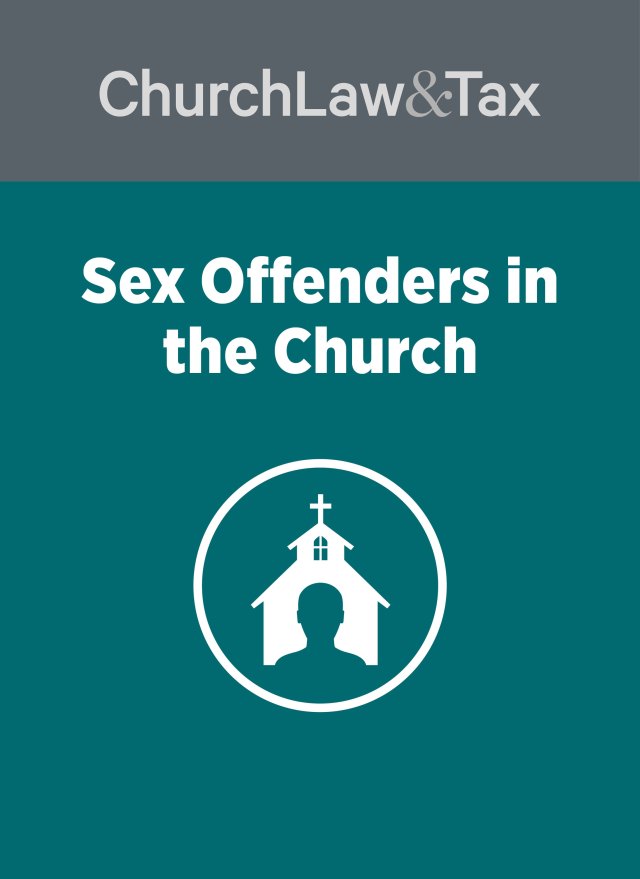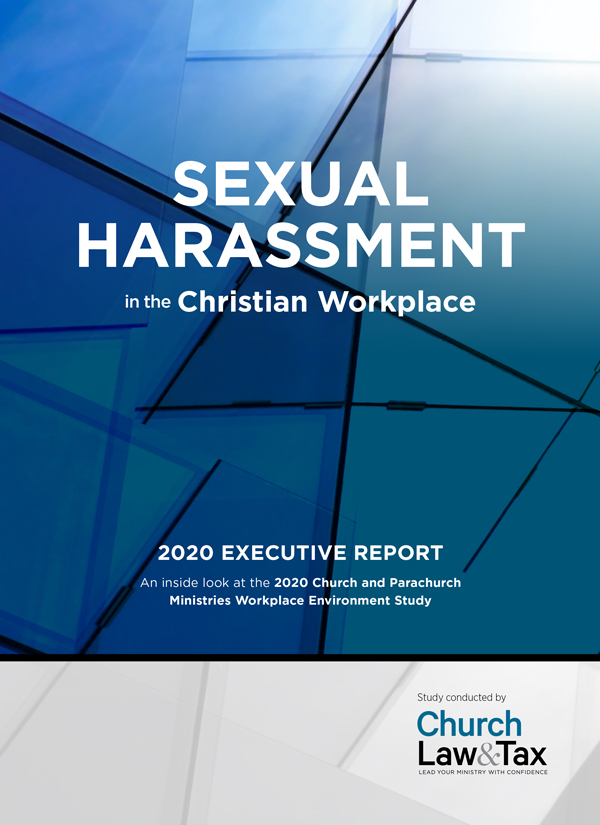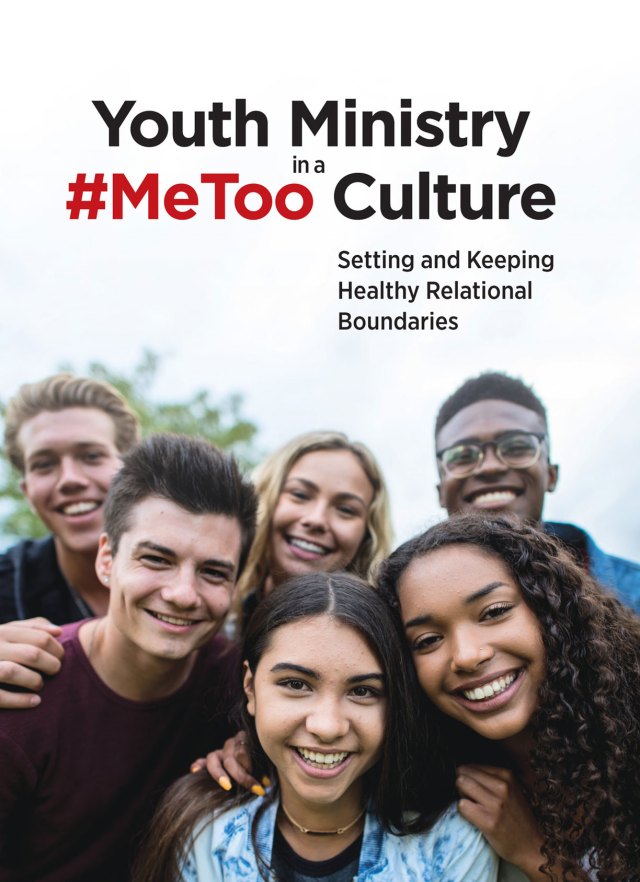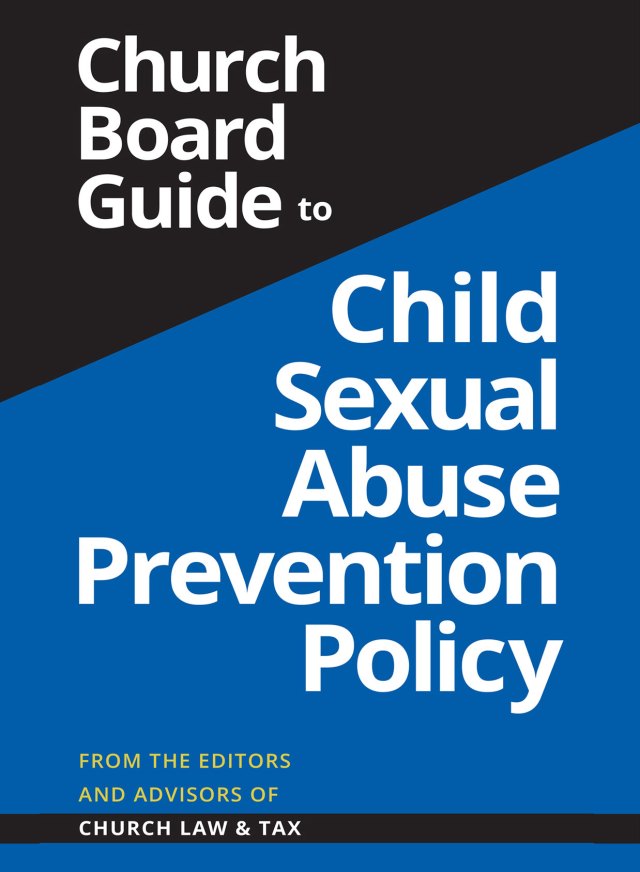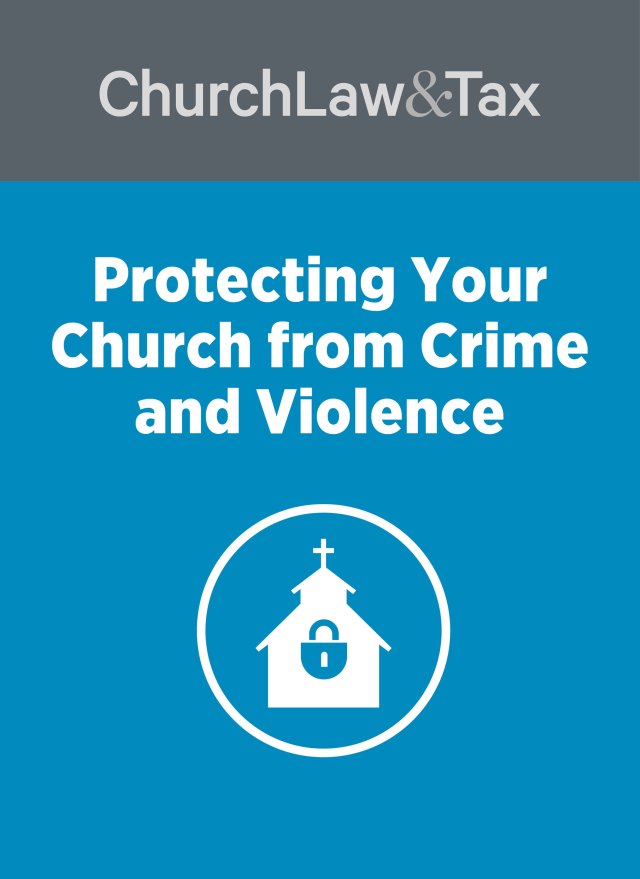Editor’s Note: In 2007, Christianity Today’s Church Law & Tax surveyed about 800 women regarding their experiences with sexual misconduct in the workplace. This article discusses the implications of the findings, some of which foreshadowed the #MeToo and #ChurchToo movements that have unfolded in recent years.
A 2007 survey of self-described “active Christian women” shows more than a quarter personally experienced sexually inappropriate behavior—and a third of those that experienced it said it happened in a church or ministry setting.
The survey was designed to capture the range and extent to which women encounter unwelcome, gender-based behaviors by their male counterparts, either in the workplace or within a church or ministry setting.
The most common inappropriate behaviors reported? Eleven percent say it was demeaning comments; 10 percent, suggestive jokes.
It’s not funny
While some may take suggestive jokes or demeaning comments to a coworker or ministry colleague lightly, this kind of behavior can create a stressful environment.
Joy Thornburg Melton, an ordained minister and attorney who currently serves in the United Methodist Church as Chief Resource Officer for PACT (United Methodist Property and Casualty Trust), says these survey results are “interesting, but not surprising.” Based on the anecdotal reports she receives from individual women in a wide variety of ministry settings, she says, “There is a lot of inappropriate ‘conversation’ being tolerated by women so as not to antagonize men in their workplaces.”
While the study, based on answers given last fall by 779 American women to NationalChristianPoll.com, provides a window into the world of sexual misconduct that women are enduring, it is important to note that not all incidents reported in the survey fall under the strict legal definition of sexual harassment. (See sidebar for the legal definition of sexual harassment.)
According to Frank Sommerville, an attorney and CPA who specializes in church law and tax, the simple legal definition of sexual harassment is “unwelcome attention due to one’s gender.” “Closely related to this is the term ‘hostile work environment,’ which occurs when unwelcome comments or conduct based on sex, race, or other legally protected characteristics unreasonably interferes with an employee’s work performance or creates an intimidating, hostile, or offensive work environment,” Sommerville explains. The survey shows a relatively low number of occurrences of sexual harassment in churches or ministry workplaces. Only 2 percent of respondents who work in a church or ministry setting say their employment was contingent upon dates or sexual favors. This number goes up sharply in the secular world: 22 percent of women reported “quid pro quo” harassment.
While the courts recognize both “quid pro quo” and “hostile environment” as two forms of sexual harassment, Sommerville says a church employer can prevent both types of problems by adopting—and following—a written policy. Larger churches, he admits, are better prepared than smaller churches.
“The federal law regarding sexual harassment only applies to employers with 15 or more employees. As a result, churches are often unprepared to comply with this law once they hire their 15th employee.” In general, many smaller churches operate informally without written policies.
Only half of the survey respondents said their employers—either in the secular world or in churches and ministries—have established sexual harassment prevention and response policies. This means many churches may be vulnerable to a claim of sexual harassment.
For nearly two decades, Melton has been writing policy and creating training curriculum to educate clergy on sexual ethics within ministry, as well as for the church as a workplace. “We train our bishops and district superintendent and local pastors in what to do when somebody brings a complaint of this nature—how it is to be processed and handled. We want to be able to deal with it openly, honestly, and expeditiously. I believe that’s what the gospel calls us to do,” she says.
Unfortunately, not all church leaders invest this kind of time and energy into understanding, preventing, or responding to sexual misconduct or harassment allegations. And church members and employees are uncertain how to handle an incident too. In fact, 34 percent of survey respondents admitted they aren’t sure what to do if they are harassed or experience sexual misconduct.
“Fewer churches have sexual misconduct policies in place to protect volunteers because federal law does not mandate it,” Sommerville adds. He suggests that churches should create policies to protect both employees and volunteers.
“The church needs to realize that it is composed of imperfect individuals,” Sommerville says. “As a result, it needs to be proactive in preventing harassment by training its leaders on the subject. It also needs to train its employees and volunteers to treat each person with dignity and respect.” Due to the trusting relationship that exists between clergy and church employees and members, some states have passed laws that automatically make any form of sexual contact between clergy and church employees and members a felony.
When a pastor becomes a predator
When Sharon*, a former director of Christian education for her church, was sexually mistreated by her boss, the senior pastor, she learned the dilemma victims face in coming forward with an allegation.
“When I finally got up the courage to tell anyone what was happening to me at work, one response I got was, ‘Don’t say anything; it’s a nice church.’ Pastors are put up on a pedestal, and no one wants to believe that they could do anything like this,” Sharon explains.
NationalChristianPoll.com results reveal that women like Sharon recognize when they are being sexually harassed by their male colleagues or bosses, but 53 percent of the respondents say they do not plan to report these instances. The main reason: They don’t want to stir up controversy. Sommerville finds victims’ reluctance to report instances of inappropriate behavior the most disturbing result of this survey.
“It may sound strange that I wasn’t more assertive,” explains Sharon, “but you’ve got to remember: This was my pastor, whom I respected. He was a wonderful guy. I was so confused and upset.”
While sexual harassment is misconduct that occurs strictly in an employment context, inappropriate sexual contact of any kind between a pastor and an employee or church member becomes more complicated because of the spiritual dimension of this relationship.
“Our clergy persons now have a much better understanding that they have the power—they stand between the parishioner and God in a lot of people’s minds, whether the clergy person articulates it or not,” says Melton.
For Sharon, weekly meetings with her senior pastor went from professional to predatory. “Every Friday I would meet with my senior pastor to discuss work. At one of these weekly meetings, I shared personal news about my father-in-law’s deteriorating health. When the meeting concluded, the pastor hugged me.”
“At first,” Sharon says, “I thought this was a nice gesture of concern on his part for me and my father-in-law. But the hug was a little too passionate, instead of just nice, brief, and supportive. I didn’t feel it was quite right.”
She decided from then on not to talk with her pastor about anything of a personal nature. At her next weekly meeting, Sharon kept the conversation to work-related issues. “There was nothing I said that would have incurred the need for a hug.” But he did it anyway. “I felt violated because it was so passionate, and I was confused as to why in the world he was doing this.” Sharon left the meeting hurriedly, feeling bewildered. She determined that if this occurred again, she would speak up and refuse his hug. As they concluded their next meeting, he got up and pulled her close to him. “He had his arms tightly around my waist,” Sharon says. “When I pulled away, only my head pulled back, and then he kissed me.”
Sharon pushed herself free and quickly left the room, horrified at what had just happened.
What Sharon did
After this episode, Sharon confronted her pastor and told him his advances were unwelcome. Although he finally stopped forcing unwanted passionate hugs and kisses on her, he continued to undermine her request to stop the behavior altogether. “One time in a meeting he told me I looked beautiful,” says Sharon. “I got flustered and quickly changed the subject. He kept bringing us into that sexual arena where he knew I was uncomfortable.”
When Sharon’s church began preparing to celebrate her pastor’s retirement, it hit her: “I endured harassment—a whole year of walking on pins and needles,” she says. “I never knew if my pastor was going to do something weird, or if I would lose my job. I wanted to hold him accountable and tell him what I experienced. He needed to apologize for this.”
Sharon proceeded to write him a letter. As she collected her thoughts, she confided in a co-worker, also a close friend. It turned out this friend had heard of a similar incident with the same pastor and another church employee. “Once I knew there was another person,” says Sharon, “I knew I had to do more than write a letter to him.”
Sharon recalled seeing a phone number for a sexual harassment hotline in the church office. After calling, she was placed with an advocate who explained the options she could pursue to remedy her situation, which included filing a church grievance, filing for civil action, or working with her denomination’s sexual harassment team. Sharon chose to use the sexual harassment team to bring closure to this chapter in her life. Sadly, it did not net her an apology from her pastor, which was one primary outcome she was hoping to achieve.
“When someone files a sexual harassment lawsuit in the workplace, they’re doing it to win a monetary award for pain and suffering,” Melton says. “If somebody turns into the church context for a claim of clergy misconduct, they’re doing it to bring it to the church’s attention to try to stop it so no one else gets hurt. There’s very little motivation to do that except the motivation of making something right. Fortunately for the church, some people still want to do this, and thank goodness for that.”
A time to heal
Based on the NationalChristianPoll.com survey results, for women who experienced sexual mistreatment in a church or ministry setting, 48 percent say it made it harder for them to trust men; 41 percent say it made them pray more; and 43 percent say it made it harder for them to trust leaders. Sharon says the experience shattered her faith in the institution of church, but not her faith in God.
“My pastor picked the wrong victim with me,” she says. “He didn’t think I’d fight back. I’m glad I called the hotline. I’m glad I met with an advocate and found out what was available to do. It also helped to have a few people in my camp who could support me and who understood what I was going through.”
Sharon quit her job, and for years following her ordeal, she stayed away from church. Gently, her old friends invited her back into fellowship. “I knew there wasn’t going to be a perfect church out there,” she explains. “All churches have problems. For me, I learned the hard way that I would need to be responsible for setting my own boundaries.”
An ounce of prevention
Both Melton and Sommerville recommend that churches establish sexual ethics policies for all ministry leaders. For churches who employ 15 or more people, it is imperative to adopt clear, written policies regarding sexual conduct to protect their volunteers, employees, and themselves.
“Most churches are devastated when they learn of sexual misconduct within their church,” Sommerville says. “However, if the church recognizes that it may occur, and prepares for that possibility, they are the ones who rarely need to use the policies they have in place. On the other hand, the churches that fail to prepare usually pay a very high price. When sexual boundaries are crossed between church employees, the legal consequences can be significant,” Sommerville says. “Juries tend to award larger damages to victims of sexual harassment within churches because they think church should be a safe place. Churches ignore this topic at their peril.”
The EEOC (Equal Employment Opportunity Commission) offers these guidelines:
‘Prevention is the best tool for the elimination of sexual harassment. An employer should take all steps necessary to prevent sexual harassment from occurring, such as affirmatively raising the subject, expressing strong disapproval, developing appropriate sanctions, informing employees of their right to raise—and how to raise—the issue of harassment under Title VII, and developing methods to sensitize all concerned.’
Along with turning to a skilled attorney for help in drafting and reviewing sexual harassment policies and procedures, be sure to check if your church insurance covers employment-related claims, such as a sexual harassment claim. Sharon offers her own prevention strategies. “Churches need to set better boundaries,” she says. “Pastors are in many intimate situations. They’re allowed to counsel people who, in many cases, are very vulnerable. Pastors should meet with a counselee one time, and then refer that person to a professional counselor.” She also says that churches should install doors with glass inserts. “I was always in my pastor’s office with the door shut. If there was a glass panel in that door, I think he would have been less apt to hug me passionately.”
For victims, Sharon offers this advice: “We tell kids that if something feels uncomfortable, it’s okay to speak up and say so. Even with our beloved pastors, if their behavior makes you feel uncomfortable, it’s okay to say something about it.”
*Victim’s name has been changed.
Richard Hammar’s Pastor, Church & Law 5th edition contains more information on how Title VII laws apply to churches. ChurchLawAndTax.com members may access this content here. A print edition of the book is also available from the ChurchLawAndTaxStore.com.

